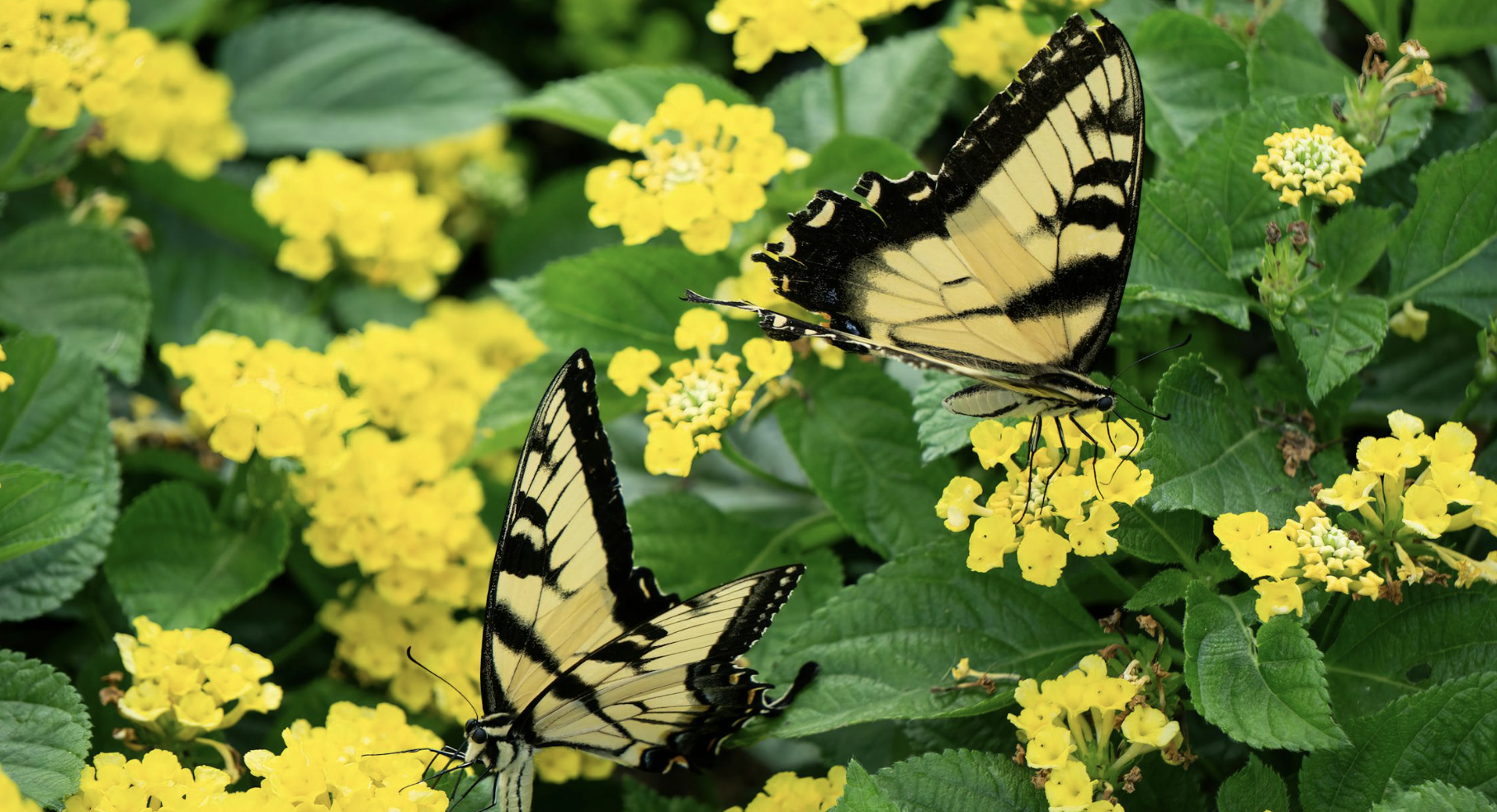July is a bustling time for gardeners across the United States. Whether you’re tending to a small home garden or managing a larger farm, there are plenty of tasks to keep your green spaces thriving. Here’s a guide to what you should focus on this month, tailored to your USDA hardiness zone.
Zone 4
- Start Fall Garden Seeds Indoors: Begin planting seeds for your fall garden indoors to give them a strong start.
- Monitor Tomato Plants: Check tomato leaves for signs of leaf spot diseases and take action if needed.
- Pest Control: Continue watching for pest insects. Use Ecoworm Potassium Soap to tackle them.
- Deadhead Flowers: Remove spent flowers to encourage new blooms and healthy foliage growth.
- Fertilize Flowering Annuals: Once your annuals start flowering, give them an extra boost of fertilizer. Concider using Ecoworm Soil Extract – organic fertilizer extracted from vermicompost.
- Sow Late Crops: Continue sowing seeds for late crops like beets, bush beans, carrots, chard, Chinese cabbage, cucumbers, kohlrabi, and corn. Use pre-moistened potting soil and a thin layer of mulch to retain moisture.
Zone 5
- Plant Fall Crops: Start seeds indoors for cole crops like broccoli and cauliflower. Direct sow radishes, carrots, beets, turnips, and kale from late July to August.
- Tomato Plant Care: Keep an eye on tomato leaves for disease signs.
- Pest Control: Maintain vigilance for pest insects. Use Ecoworm Potassium Soap to tackle them.
- Deadhead Flowers: Continue deadheading to encourage more blooms.
- Fertilize Annuals: Fertilize flowering annuals once they begin blooming. Consider using Ecoworm Soil Extract – organic fertilizer extracted from vermicompost.
- Sow Late Crops: Plant seeds for beets, bush beans, carrots, chard, Chinese cabbage, cucumbers, summer squash, and corn.
- Transplant Iris: Divide and transplant bearded iris using the vigorous ends of the rhizomes, and cut leaves back to six inches.
- Watering: Ensure your garden gets one inch of water weekly, preferably in the early morning. Mulch to reduce water loss.
- Check Container Plants: Monitor soil moisture in container plants daily, watering as needed, sometimes twice a day in high heat.
- Mosquito Control: Eliminate stagnant water and consider installing a bat house to reduce mosquito populations.
Zone 6
- Plant Fall Crops: Start seeds indoors for cole crops. Direct sow radishes, carrots, beets, turnips, and kale from late July to August.
- Tomato Care: Watch for leaf spot diseases.
- Pest Control: Continue monitoring for pests. Use Ecoworm Potassium Soap to tackle them.
- Deadhead Flowers: Keep deadheading to extend the bloom season.
- Fertilize Annuals: Fertilize flowering annuals at the start of blooming. Consider using Ecoworm Soil Extract – organic fertilizer extracted from vermicompost.
- Sow Late Crops: Continue planting seeds for late-season vegetables.
- Transplant Iris: Divide and transplant bearded iris, cutting leaves back to six inches.
- Watering: Ensure gardens receive one inch of water weekly, preferably in the morning. Mulch to conserve moisture.
- Container Plants: Check moisture levels in containers daily, watering as needed.
- Pinch Herbs: Pinch herbs like basil, mint, oregano, and savory to promote bushy growth.
Zone 7
- Plant Fall Crops: Start seeds indoors for cole crops and direct sow radishes, carrots, beets, turnips, and kale from late July to August.
- Tomato Care: Monitor leaves for disease.
- Pest Control: Stay vigilant for pest insects. Use Ecoworm Potassium Soap to tackle them.
- Deadhead Flowers: Deadhead to prolong the blooming period.
- Fertilize Annuals: Fertilize flowering annuals as they begin to bloom. Consider using Ecoworm Soil Extract – organic fertilizer extracted from vermicompost.
- Sow Late Crops: Continue sowing seeds for beets, bush beans, carrots, chard, summer spinach, cucumbers, and summer squash.
- Transplant Iris: Divide and transplant iris, cutting leaves back to six inches.
- Watering: Ensure your garden gets one inch of water weekly. Water in the morning and mulch to reduce evaporation.
- Harvest Onions and Garlic: Harvest when tops dry and fall over, then dry thoroughly before storing.
- Check Containers: Monitor soil moisture in containers daily.
- Pinch Herbs: Pinch herbs to encourage bushy growth.
- Prepare for Fall: Prepare beds for fall crops by sowing cover crops like field peas.
Zone 8
- Plant Fall Crops: Start cole crop seeds indoors and direct sow radishes, carrots, beets, turnips, and kale from mid-July through August.
- Harvest Regularly: Harvest vegetables such as beans, peas, squash, cucumbers, and okra regularly to extend production.
- Tomato Care: Watch for leaf spot diseases.
- Pest Control: Monitor for pests. Use Ecoworm Potassium Soap to tackle them.
- Deadhead Flowers: Deadhead to encourage more blooms.
- Sow Late Crops: Continue planting late-season vegetables.
- Watering: Ensure the garden gets one inch of water weekly. Water in the morning and mulch to retain moisture.
- Harvest Onions and Garlic: Harvest and dry thoroughly before storing.
- Check Containers: Check moisture levels in container plants daily.
- Pinch Herbs: Encourage bushy growth by pinching herbs.
- Prepare for Fall: Prepare beds for fall crops with cover crops.
Zone 9
- Plant Annuals and Bulbs: Plant butterfly lily and gladiolus, as well as summer annuals like celosia and coleus.
- Start Herbs from Plants: Start herbs like oregano and mint from small plants.
- Plant Palms: Continue planting palms and support them with braces.
- Plant Halloween Pumpkins: Start pumpkins now, and watch for mildew.
- Watering: Use rain shutoff devices and ensure trees get proper watering.
- Garden Solarization: Use summer heat to solarize the vegetable garden for fall planting.
- Prune Trees: Check and prune trees for weak branches, especially in preparation for hurricane season.
Zone 10
- Plant Annuals and Bulbs: Plant summer annuals and bulbs like butterfly lily and gladiolus.
- Start Herbs from Plants: Start herbs from small plants due to the heat.
- Plant Tropical Vegetables: Plant vegetables like boniato and calabaza.
- Watering: Ensure proper irrigation and check rain shutoff devices.
- Solarize Gardens: Use the heat for garden solarization.
- Prune for Hurricane Season: Check trees for damaged branches and prune as necessary.
By following these tips, you’ll ensure your garden thrives in July’s summer heat.
Happy gardening!


Comments are closed